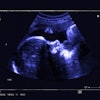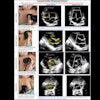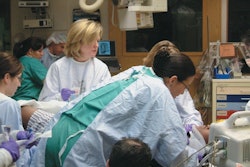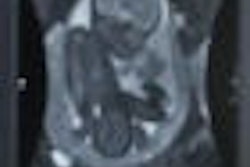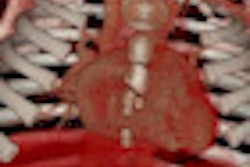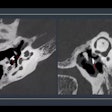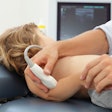Dear AuntMinnie Member,
Radiologists have often been caricatured as emotionally distant physicians ensconced in dark reading rooms, far from any contact with patients. Although that stereotype has never been completely accurate, it's changing now more than ever.
This is particularly true for pediatric radiologists. Advanced imaging modalities such as MRI and ultrasound are enabling pediatric imaging specialists to identify fetal abnormalities earlier than ever -- a trend that brings with it the responsibility of breaking the bad news to patients.
That's according to an article by associate editor Cynthia E. Keen that we're featuring in our Pediatric Imaging Digital Community. Based on a presentation at last week's Society for Pediatric Radiology (SPR) meeting, the story describes strategies that can be used by any radiologist who comes into frequent contact with patients. Read more by clicking here.
In other news from the SPR meeting, learn about study results of a PET-based imaging technique that uses F-18 sodium fluoride in place of technetium-based scintigraphy for diagnosing skeletal disorders.
AAN reports
In other conference news, contributing writer Rosemary Frei attended the American Academy of Neurology (AAN) annual meeting in Toronto, also held last week.
In one presentation at the meeting, California radiologists described their use of a volume helical shuttle CT technique to examine stroke patients with less radiation dose than previous protocols. Another California group found that more than half of general radiologists missed signs of Creutzfeldt-Jakob disease on MRI scans, while a French team found that MRI can detect signs of early dementia onset in the elderly.
The SGR fix is in
Finally, learn about the last-minute legislative high-wire act last week that averted a 21% cut in Medicare payments set to occur due to the sustainable growth rate (SGR) formula. But don't get too comfortable ... the extension only lasts through May 31, and then it will be time to play the entire game all over again.

